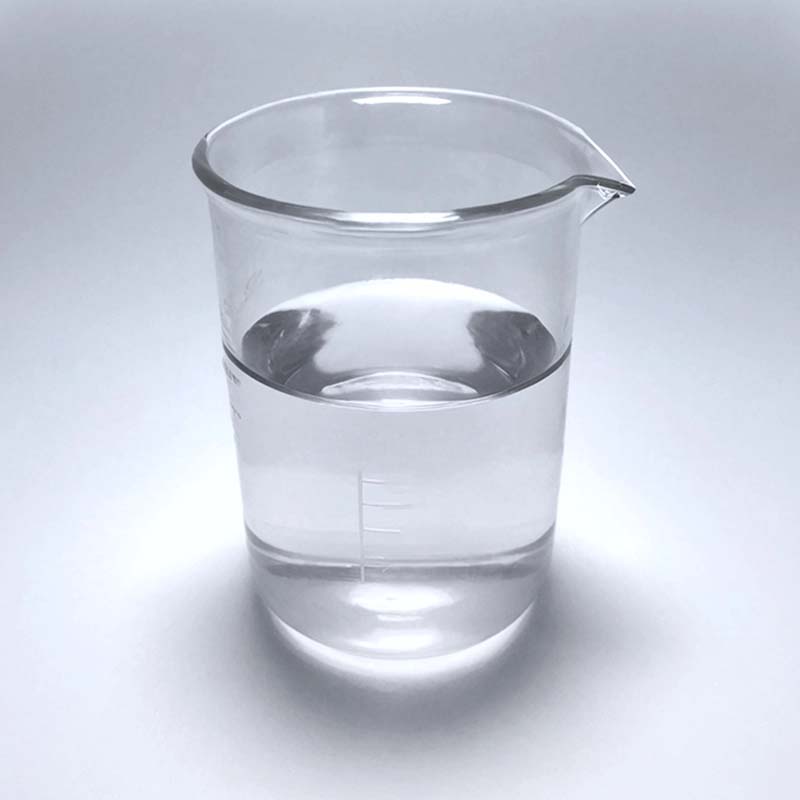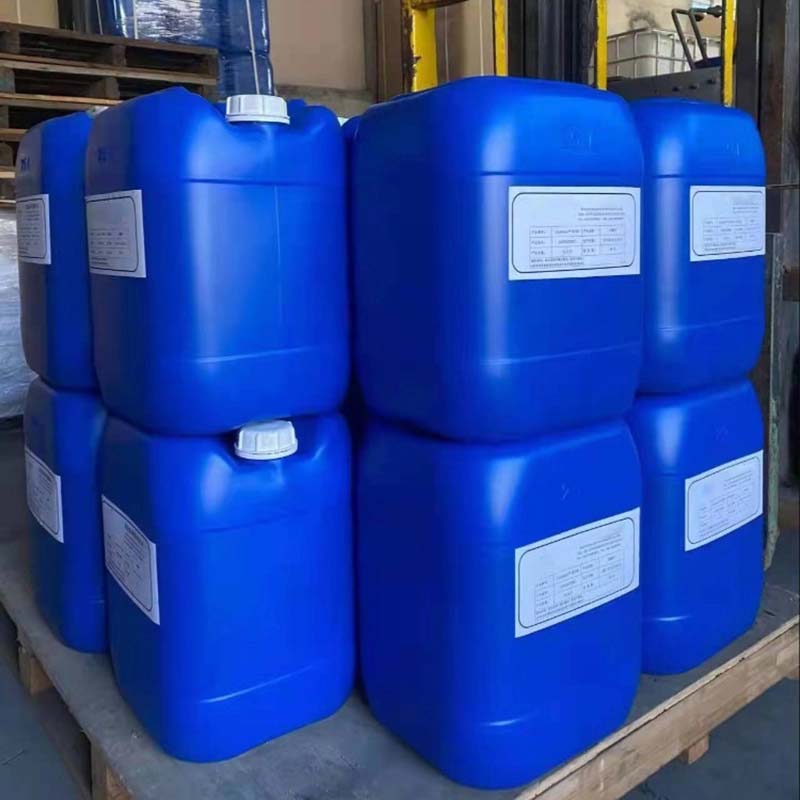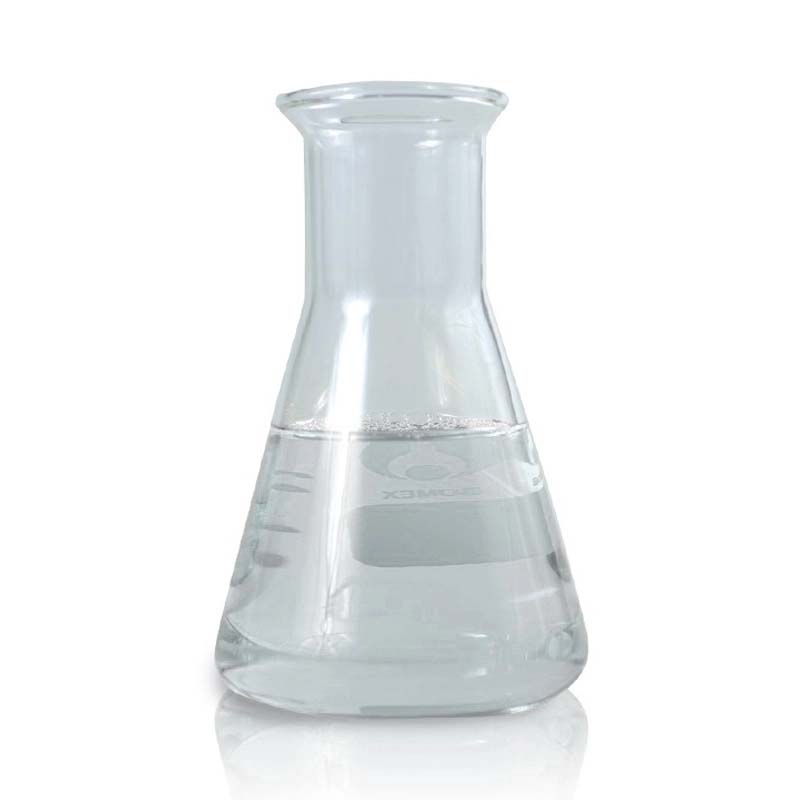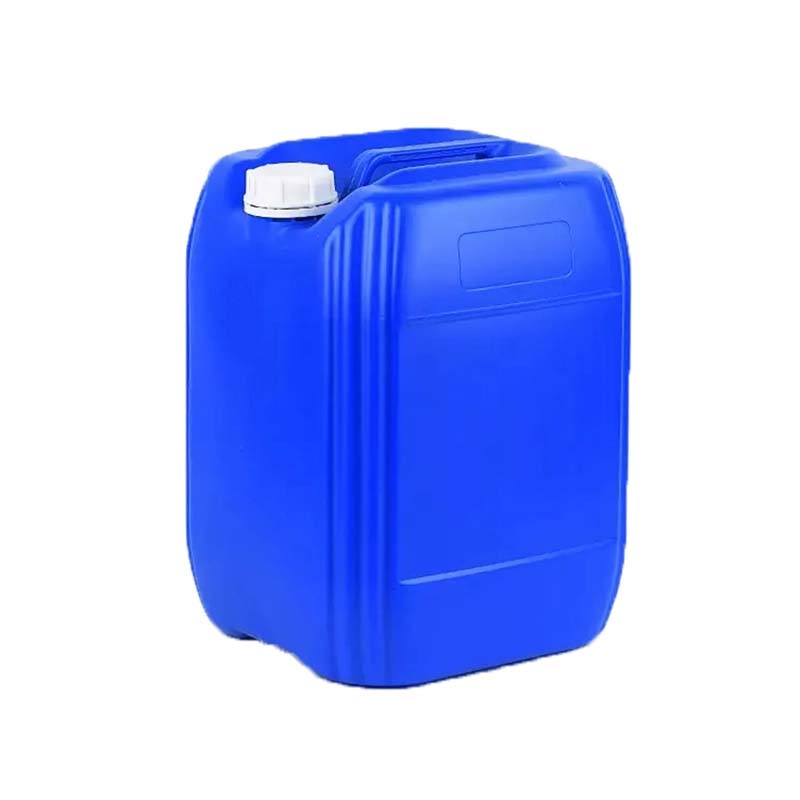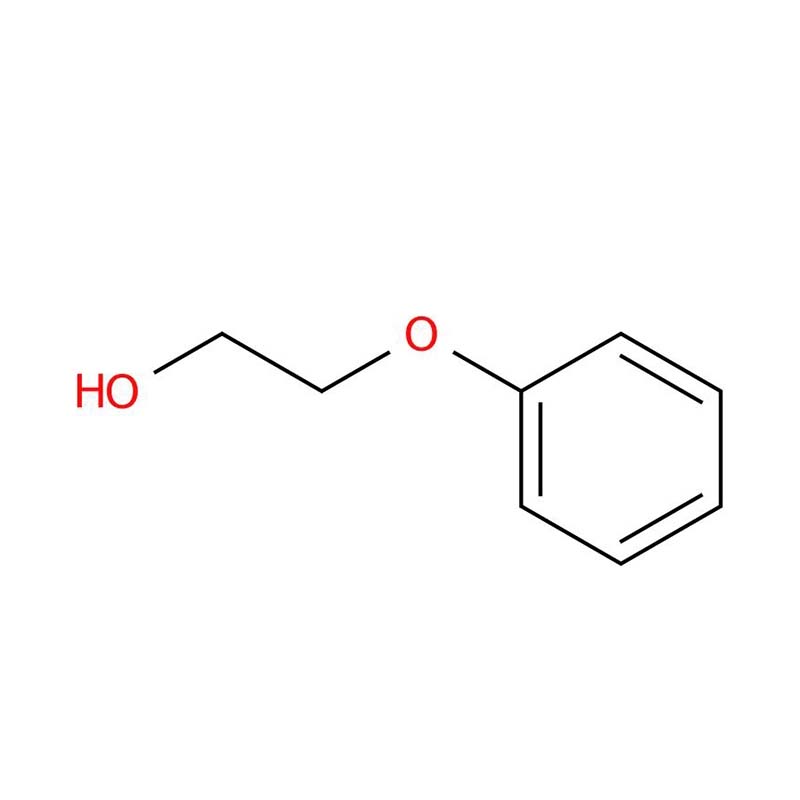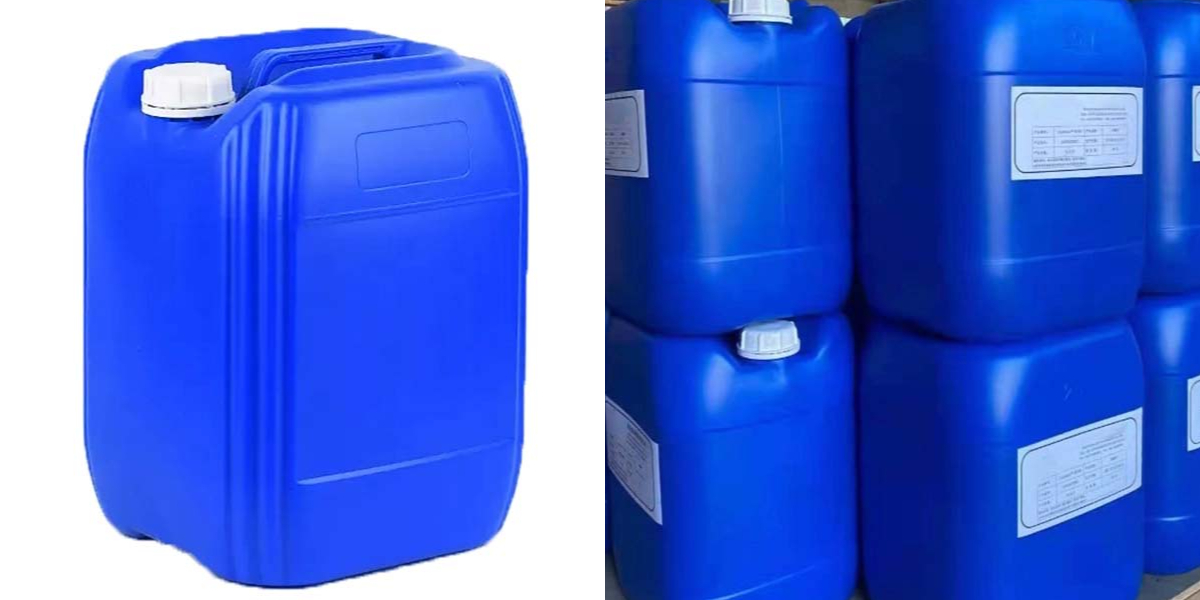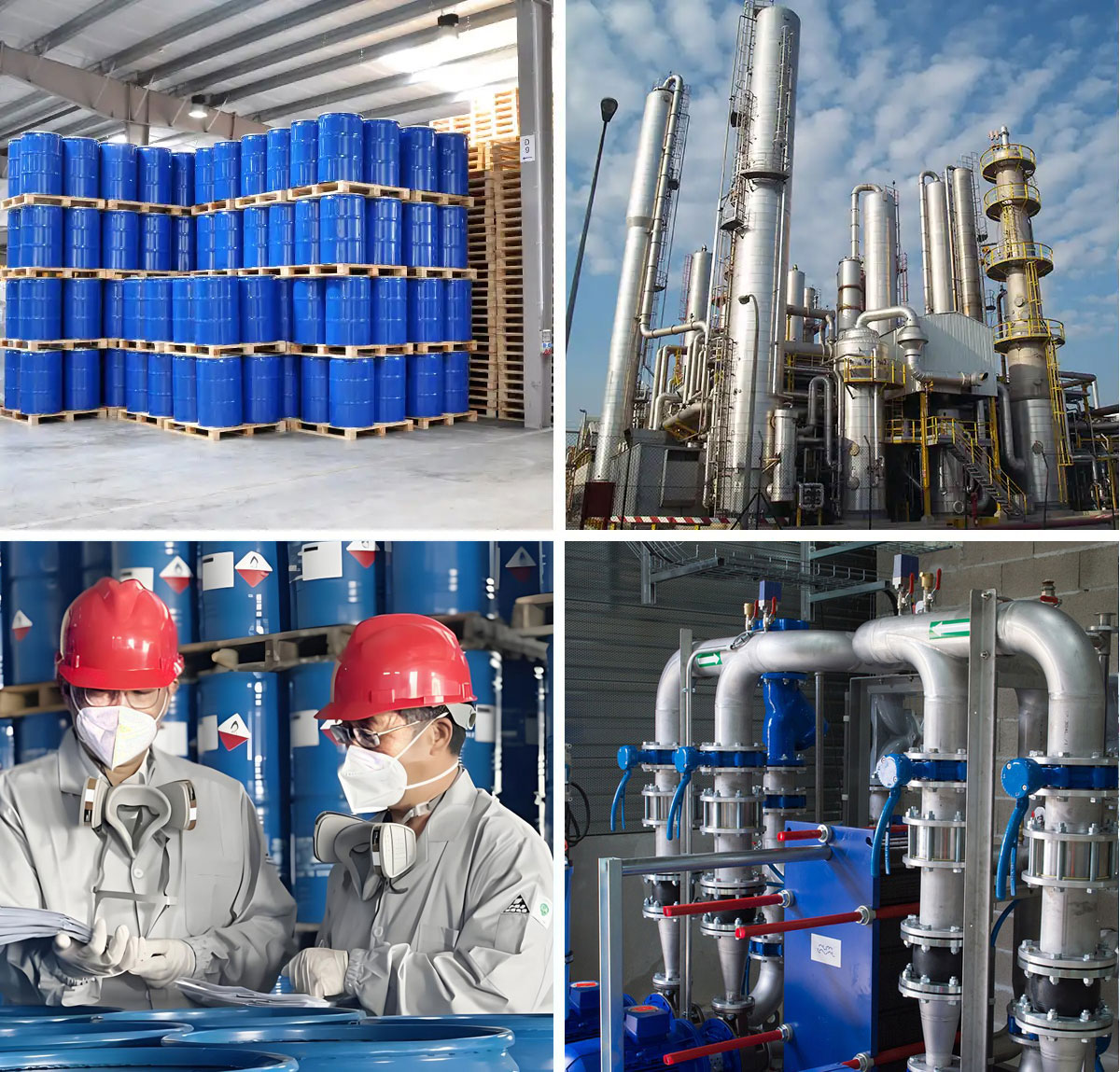2-Phenoxyethanol (Pharmaceutical Grade)
Preservative Efficacy: Phenoxyethanol demonstrates broad-spectrum antimicrobial activity against bacteria, yeast, and molds, establishing its role as a key preservative in cosmetic and personal care formulations.
Safety Profile: Exhibiting low systemic toxicity and minimal irritation potential, it demonstrates compatibility with topical and injectable formulations, supported by favorable dermal absorption characteristics.
Regulatory Preference: Widely regarded as a preferable alternative to parabens, phenoxyethanol addresses concerns regarding potential endocrine disruption while maintaining effective preservation.
Application Versatility: Beyond cosmetics, its preservative utility extends to pharmaceutical preparations and vaccine formulations, where it enhances shelf stability and prevents microbial contamination.
2-Phenoxyethanol is a glycol ether extensively employed in dermatological and cosmetic formulations, including topical creams, lotions, and sunscreen products. This colorless, viscous liquid demonstrates significant bacteriostatic and fungistatic properties, rendering it an efficient preservative in personal care commodities. Its antimicrobial performance is commonly optimized through synergistic combinations with quaternary ammonium compounds.
2-Phenoxyethanol Chemical Properties
Melting point | 11-13 °C (lit.) |
Boiling point | 247 °C (lit.) |
density | 1.102 g/mL at 25 °C (lit.) |
vapor density | 4.8 (vs air) |
vapor pressure | 0.01 mm Hg ( 20 °C) |
refractive index | n20/D 1.539 |
FEMA | 4620 | 2-PHENOXYETHANOL |
Fp | >230 °F |
storage temp. | Store below +30°C. |
solubility | soluble, clear, colorless to very faintly yellow |
pka | 14.36±0.10(Predicted) |
form | Liquid |
color | Clear colorless |
Specific Gravity | 1.109 (20/4℃) |
Odor | Faint aromatic odor |
PH Range | 7 at 10 g/l at 23 °C |
PH | 7 (10g/l, H2O, 23℃) |
explosive limit | 1.4-9.0%(V) |
Odor Type | floral |
Water Solubility | 30 g/L (20 ºC) |
Merck | 14,7257 |
BRN | 1364011 |
InChIKey | QCDWFXQBSFUVSP-UHFFFAOYSA-N |
LogP | 1.2 at 23℃ |
CAS DataBase Reference | 122-99-6(CAS DataBase Reference) |
NIST Chemistry Reference | 2-Phenoxyethanol(122-99-6) |
EPA Substance Registry System | Ethylene glycol monophenyl ether (122-99-6) |
Safety Information
Hazard Codes | Xn,Xi |
Risk Statements | 22-36-R36-R22 |
Safety Statements | 26-S26 |
WGK Germany | 1 |
RTECS | KM0350000 |
Autoignition Temperature | 535 °C DIN 51794 |
Hazard Note | Irritant |
TSCA | Yes |
HS Code | 29094990 |
Hazardous Substances Data | 122-99-6(Hazardous Substances Data) |
Toxicity | LD50 orally in Rabbit: 1850 mg/kg LD50 dermal Rabbit > 2000 mg/kg |
Beyond personal care applications, this compound functions as an effective preservative in biological and pharmaceutical preparations such as vaccines and injectable solutions, where it inhibits microbial proliferation and extends shelf life. Its toxicological suitability—demonstrated through minimal irritation potential and regulated dermal penetration—supports deployment in both topical and parenteral formulations. As a strategic substitute for paraben-based preservatives, it responds to increasing regulatory focus on endocrine disruption concerns. International regulatory standards typically limit its concentration in cosmetic products to 1.0%, ensuring consumer protection while maintaining efficacy.



